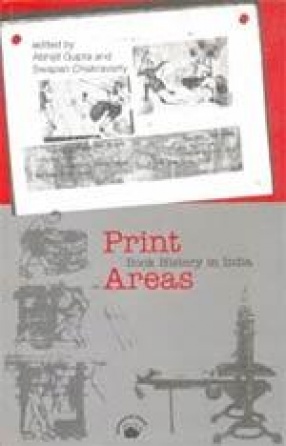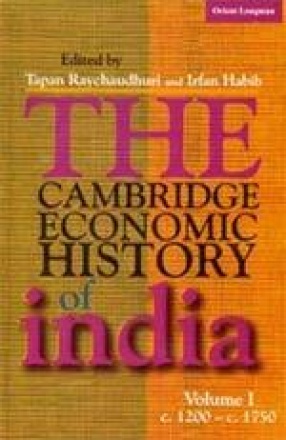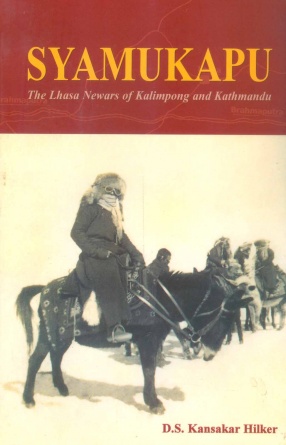People of India: Rajasthan (Volume 2)
Synopsis
Anthropological Survey of India launched the People of India project on 2 October 1985 to generate an anthropological profile of all communities of India, the impact on them of change and development process and the links that bring them together. As part of this all India project, the ethnographic survey of all communities of Rajasthan (228) was for the first time taken up in collaboration with local scholars. The results of this survey were discussed at the workshop held at Udaipur in August, 1987. The territorial identity of Rajasthan where the rulers ruled goes back to the seventh century A.D. It gave way to that of Rajputana, romanticised by colonial administrators and ethnographers. After independence the old historical notion of Rajasthan was revived in its present-day extended form. Rajasthan, bioculturally, is part of the north-western region of the country. Like other ethno-cultural regions. Rajasthan has its own cluster of communities, and its unique border-line communities. A "stable" region, its history, ecology and culture explain the features that relatively stand out: a greater ecological diversity (Rajasthan is the most colourful state in the country), linguistic and social heterogeneity (with more extensive network of clans), an old bardic tradition, a larger proportion of vegetarianism, a higher incidence of junior levirate, extensive prevalence of patrilineal norms and so on. Still a traditional and backward society, the development process at work has been relatively slow. A home of droughts and famines, Rajasthan has witnessed the depletion of natural resources and degradation of environment on a scale that is a cause for alarm. And yet there are signs of hope in increased social mobility and the movement towards growth and political equality.
Read more
18.00
16.2
$
20.00 $
Free delivery Wolrdwidе in 10-18 days
Ships in 2-4 days from New Delhi
Membership for 1 Year $35.00
Get it now and save 10%
Get it now and save 10%
BECOME A MEMBER
Books by the same authors






Bibliographic information
B K Lavania
N N Vyas